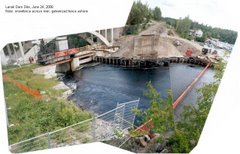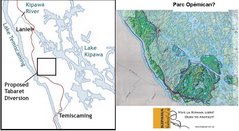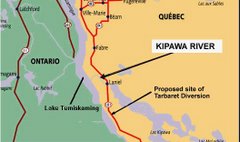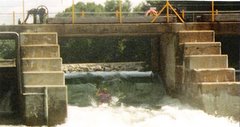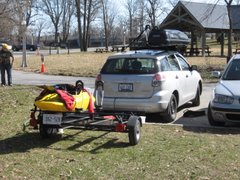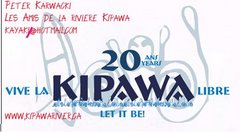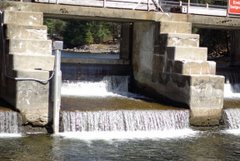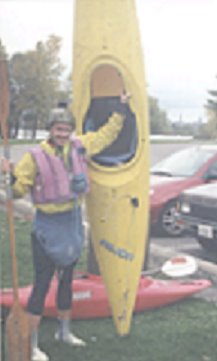CD or not CD, that is the question...

It’s been hot in the driver seat
since I talked to the Vancouver Sunabout Sierra Club USA’s decision to lift its 120-year old ban on civil disobedience for the upcoming (Feb. 17th) rally against the Keystone Pipeline in Washington, DC. “Will Sierra Club Canada take similar action?”, I was asked by a reporter almost immediately after the news broke.
Although this has been a major topic of discussion for some time (on both sides of the border), the Great White North was caught off guard by the controversial announcement in San Francisco. Since its inception in 1892, Sierra Club has campaigned for the preservation of our natural environment using lawful means only. It’s a big deal!
So I am, again, turning to you for help – you have an opportunity to participate in what could be a historic decision for Sierra Club Canada (see survey link below).
Personally, I am no stranger to the concept of direct action and non-violent civil disobedience, but it has been 30 years since I deliberately broke a law to draw attention to an important issue. I have grown to believe it’s used far too often to achieve the desired impact on public debate. So for many years, I, like Sierra Club, have followed a legal course of what I call “technical” campaigning.
We research issues and solutions to ensure our policies and solutions are based on sound science and are sustainable and economically desirable. Then using the media and person-to-person contact, we first try to impact public opinion, and then to persuade government and industry to act. Like dozens of other public interest organizations, we also sometimes use stunts and other attention-grabbing techniques to break through the noise - it’s an effective technique (coal plants in Ontario are being shut down because of it and Agent Orange and a broad range of toxic substances are banned because of it).
The campaign of our lives
More than twenty years ago I was in a stuffy meeting room in The Netherlands when a professor from East Anglia University’s Climate Centre explained the phenomenon of “Global Warming” (and what it meant for humanity). He was followed by an energy expert who explained how -- through conservation, efficiency and renewable resources -- humanity could continue to prosper while drastically reducing greenhouse gasses. Shortly afterwards the United Nations Framework Convention on Climate Change (UNFCC) was ratified and nearly 200 nations began work on a treaty to reduce greenhouse gas emissions.
It was shortly after this that I came to Ottawa with a single mission: “Your job,” Elizabeth May told me on my first day working at Sierra Club, “is to convince Canada to ratify the Kyoto Protocol”. With a lot of help we got it done.
So why after all that -- what could arguably be called the largest and most successful
technicalenvironmental campaign in history -- are emissions up 50% since 1990? Why does neither Canada nor the United States have a comprehensive plan to reduce greenhouse gas emissions? Did we do something wrong? Have we failed to explain the consequences of climate change? The polls say no (last time I talked to a pollster I was told we had better numbers than any other public interest campaign). As Stephen Stills
sang, “There’s something happening here. What it is ain’t exactly clear.”
Democracy or demockery
Democracy is more than just voting once every four years. When elected governments ignore the will -- and rights -- of its people, real democracy requires us to do more. Governments, no matter how many votes they garner, have a responsibility to respect the natural rights of its all citizens and, in Canada, that means our sovereign
First Nations too. But shouldn’t there also be a right to protect future generations (or “
seven generations”)?
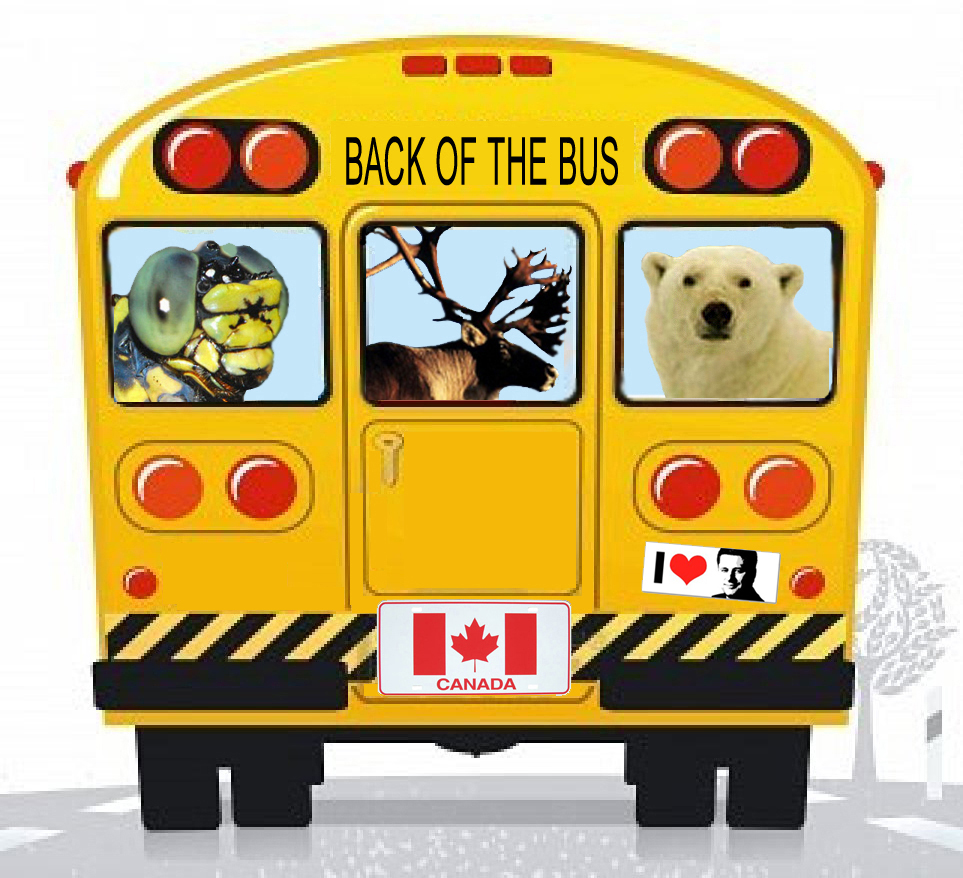
In response to the climate crisis, the current government (elected by less than 40% of those who even voted) has chosen to back Big Oil and ignore science and public opinion. Instead of a
seven generationsapproach they responded with a massive public relations campaign (paid for by taxpayers), and changing laws to bar future public participation in decisions than impact the environment (e.g. pipelines). It’s worth noting that
recently revealeddocuments show that each and every one of the changes to environmental law contained in recent omnibus legislation were dictated by the energy industry while the voices of every environmental organization in the country (representing millions of Canadians) were simply ignored.
The attitude of the government can be summed-up best by a statement made by Mike Harris
shortly after he was elected in 1995: “No blade of grass will be untrampled at Queen's Park,” he boasted. Today, too, the Harper government has made its intention loud and clear: public opinion is meaningless and good policy is out the window;
Ideology trumps all.
Repeatedly throughout the 20th century, people were forced to stand up to ideologues - often at great peril to themselves. People like Gandhi and Martin Luther King Jr. stood up to duly elected governments and demanded action using civil disobedience – it’s not a novel, or radical, idea. Nelson Mandela spent 28 years in prison for opposing government policy. These are the people who come to mind when the discussion turns to civil disobedience.
Back of the bus or block the bus?
In the United States the
Club has chosen to
take up civil disobedience in opposition to the Keystone Pipeline – a line in the sand, as it were. While we believe we are a uniquely democratic environmental organization, we do share many of their concerns and considerations.
So where do we go from here?
Do we keep doing the same thing over and over – do we just go sit at the back of the bus? Or would civil disobedience make a difference? I really don’t know. With a heavy heart I am turning to you for wisdom and to help inform our decision.
We’ve created a
short and simple survey and are hoping you will (PLEASE!) fill it out today! It will only take two minutes and would really mean a lot to us! You were very helpful a couple of years ago in helping us define our role in the federal election, and we could really use your help again.
Thanks for your encouragement and ongoing support!
Yours sincerely,

 It’s been hot in the driver seat
It’s been hot in the driver seat  In response to the climate crisis, the current government (elected by less than 40% of those who even voted) has chosen to back Big Oil and ignore science and public opinion. Instead of a seven generationsapproach they responded with a massive public relations campaign (paid for by taxpayers), and changing laws to bar future public participation in decisions than impact the environment (e.g. pipelines). It’s worth noting that
In response to the climate crisis, the current government (elected by less than 40% of those who even voted) has chosen to back Big Oil and ignore science and public opinion. Instead of a seven generationsapproach they responded with a massive public relations campaign (paid for by taxpayers), and changing laws to bar future public participation in decisions than impact the environment (e.g. pipelines). It’s worth noting that 
